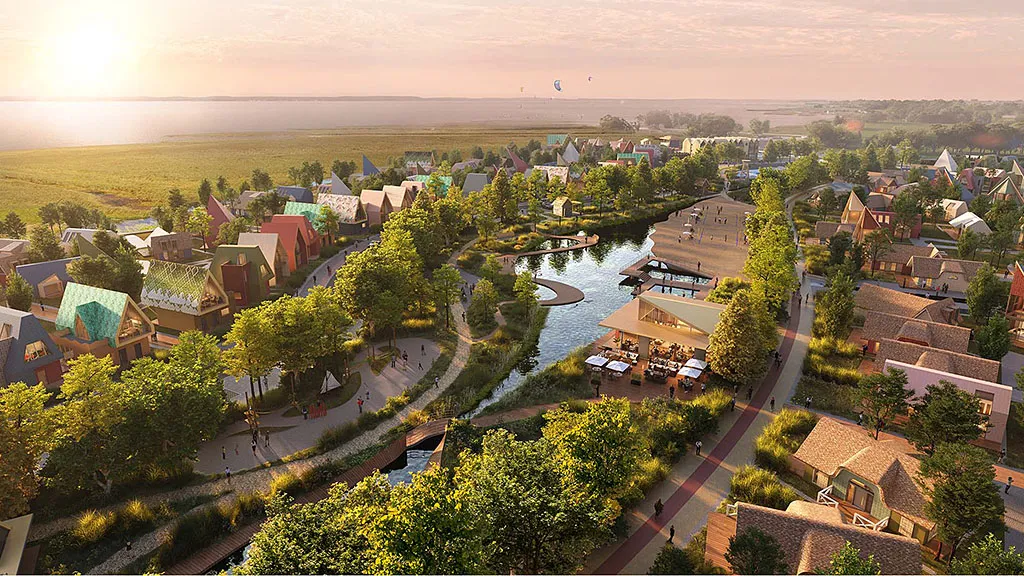In the heart of Harbin, China, a unique blend of Chinese and Baroque architecture defines the historic shopping district, a place where the past meets the present. But as the world grapples with climate change, researchers are looking at how to preserve these historic structures while reducing their carbon footprint. A recent study published in the journal ‘Buildings’ (translated from English) by Lin Geng of the School of Architecture and Design at Harbin Institute of Technology sheds light on this very issue, offering a roadmap for low-carbon decoration strategies in historic districts.
Geng’s research focuses on quantifying carbon emissions during the decoration process of buildings in the Chinese–Baroque Historic Shopping District. “The construction industry is a significant contributor to global carbon emissions,” Geng explains. “By understanding and reducing the emissions from the decoration process, we can make a substantial impact on the industry’s overall carbon footprint.”
The study adopts a comprehensive four-stage framework: data collection, quantitative analysis, strategy design, and verification and optimization. Geng and her team collected data through questionnaires and field investigations, then used advanced software like Grasshopper and Honeybee for simulations and analyses. Their findings revealed that different decoration schemes result in varying carbon emissions. Notably, the scheme using raw concrete and paint emerged as a low-carbon option over a 10.12-year usage cycle.
The research proposes several practical strategies for low-carbon decoration, such as extending the service life of decorations, rationally renovating windows, and preferentially selecting local low-carbon materials. These strategies, when applied to practical projects, can significantly reduce carbon emissions and promote sustainable development.
The implications of this research are far-reaching. For the energy sector, understanding and implementing low-carbon strategies in historic districts can open up new avenues for reducing carbon emissions. As cities worldwide strive to become more sustainable, the methods outlined in Geng’s study could serve as a blueprint for other historic districts facing similar challenges.
Moreover, the integration of Life Cycle Assessment (LCA) and multi-objective optimization theory in this research sets a precedent for future studies. By quantifying carbon emissions and optimizing decoration strategies, researchers can better understand the environmental impact of construction processes and develop more effective low-carbon solutions.
Geng’s work not only fills a gap in the research on low-carbon renovation of historical commercial blocks but also provides practical solutions for the sustainable development of historic shopping districts in Harbin and similar regions. As the world continues to grapple with climate change, studies like these are crucial in promoting the low-carbon transformation of cities and preserving our architectural heritage for future generations.
In the words of Geng, “This research is a step towards a more sustainable future for our historic districts. By understanding and reducing our carbon emissions, we can preserve these beautiful structures for generations to come.”

